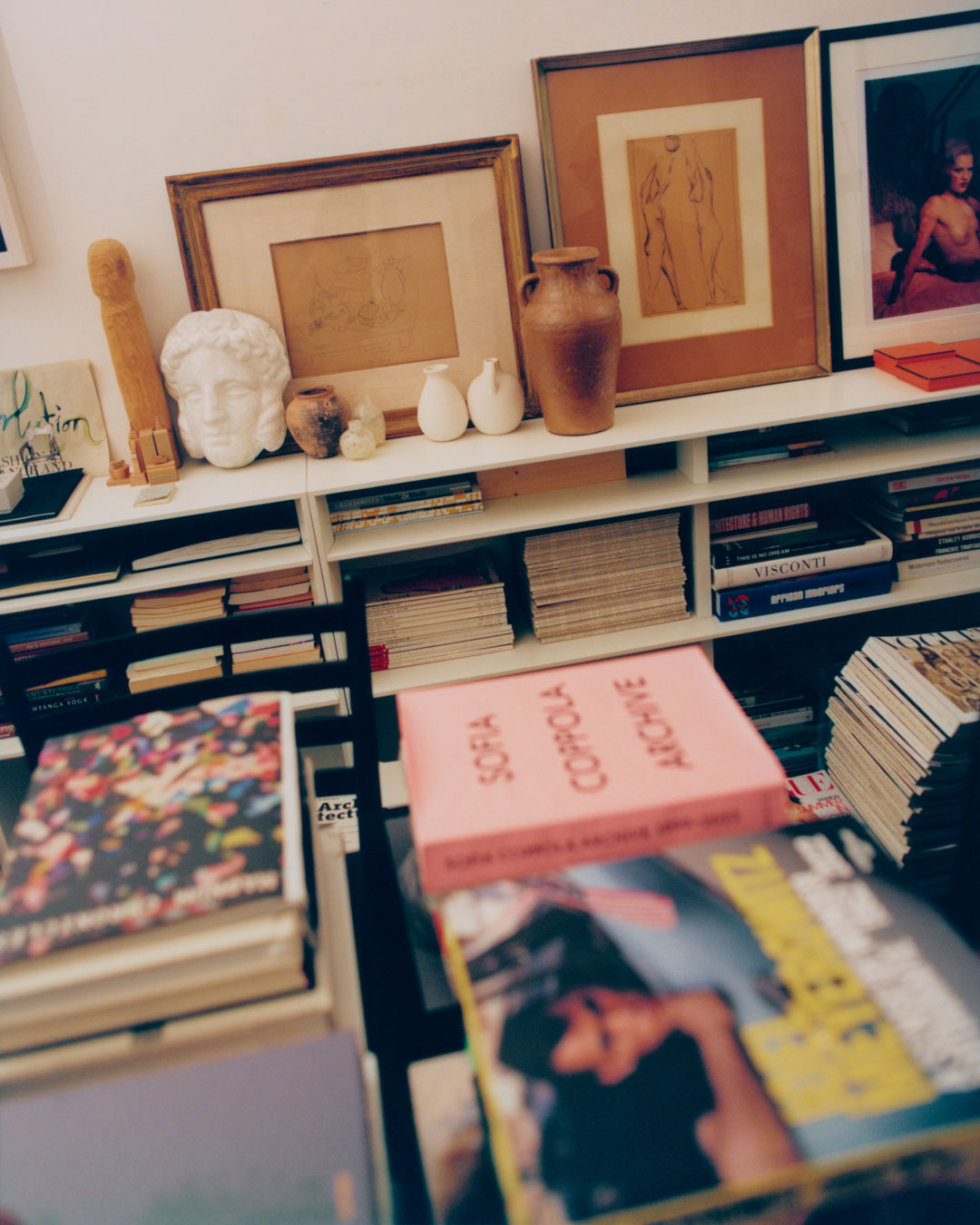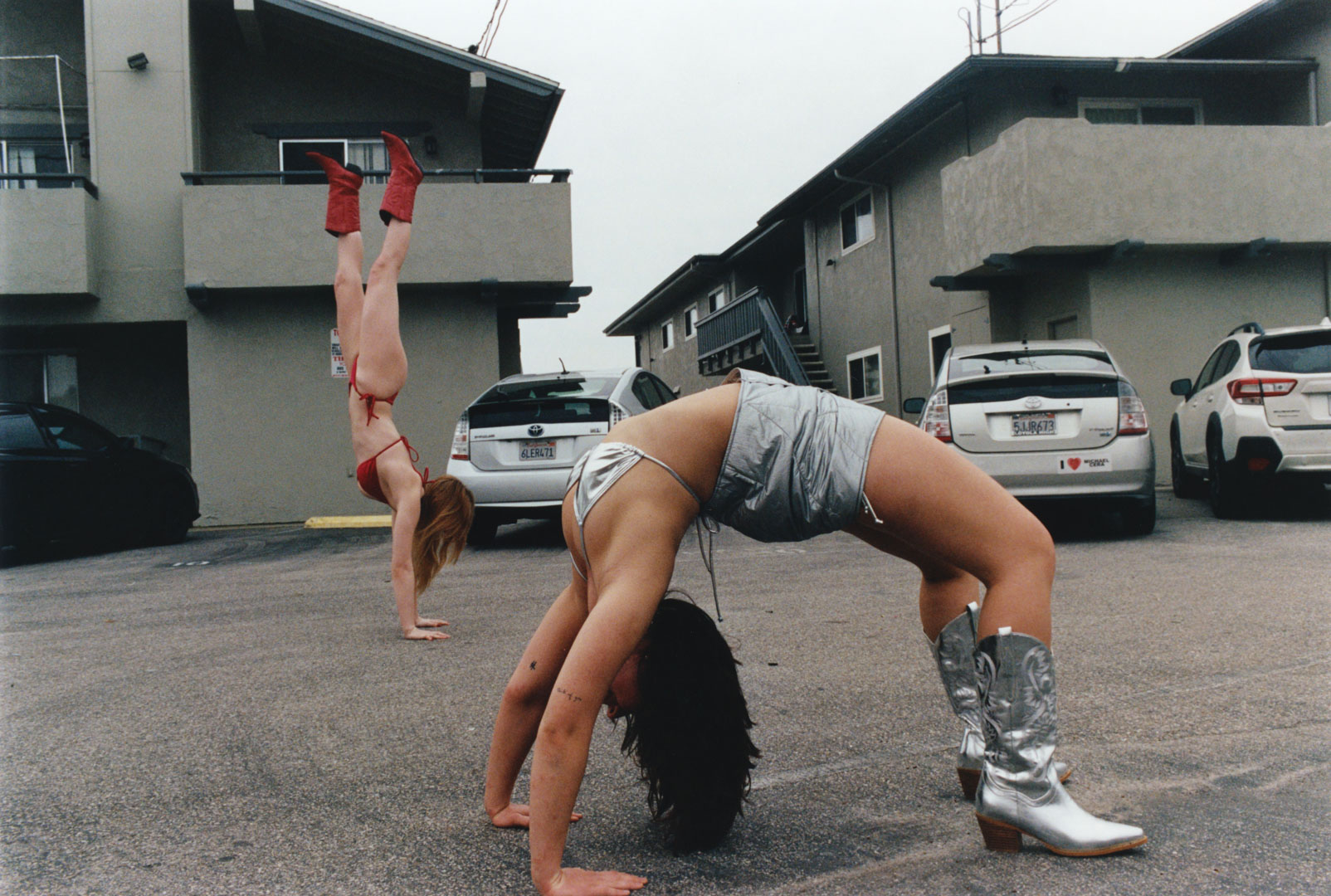TIDINGS
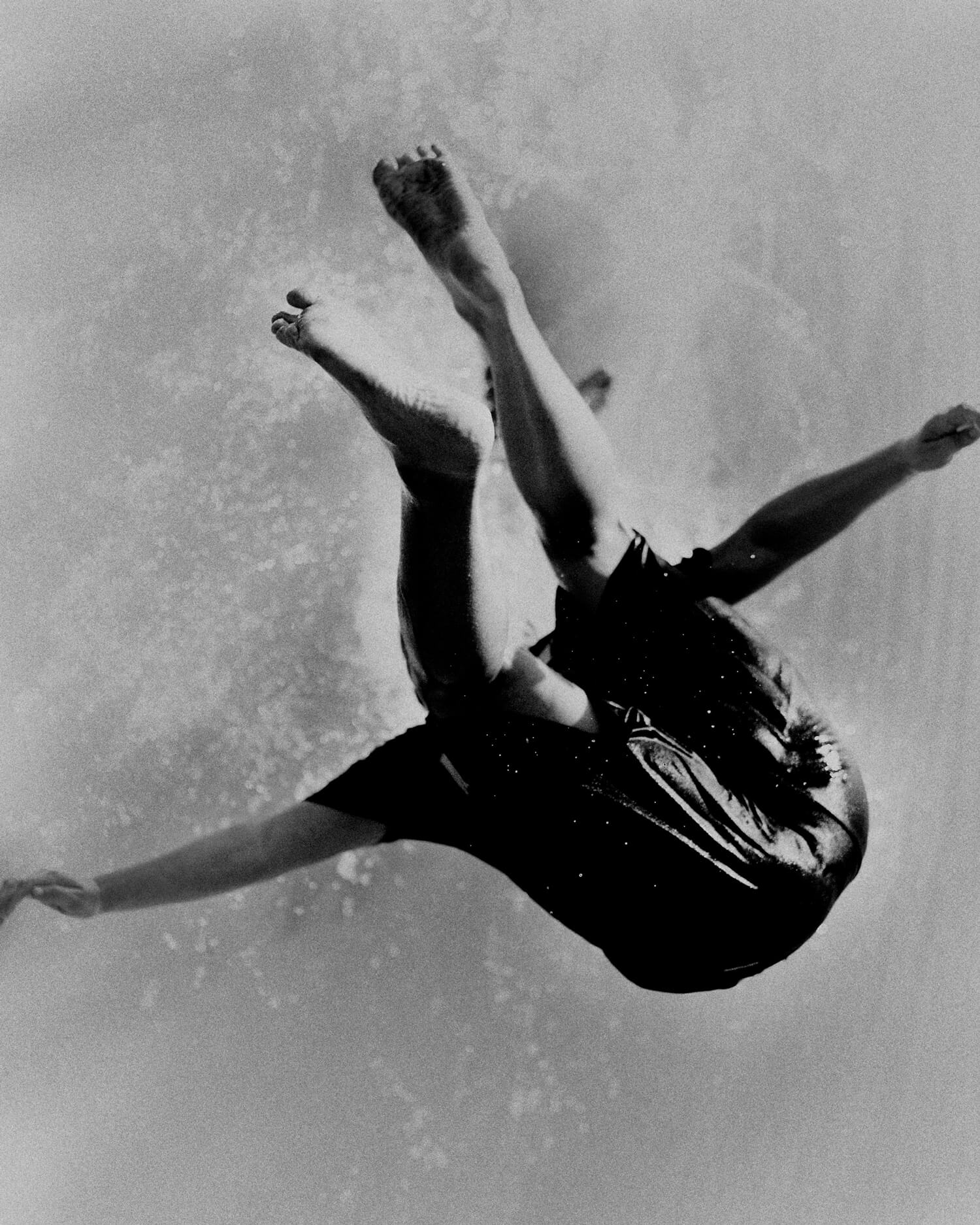
Daniel Benson
Words by Daniel Benson
I’ve been working on Tidings, on and off, for around eight years. I’ve lost count how many times I’ve visited the lower reaches of the Thames, how many times I’ve looped the fort at Tilbury or ignored the ‘no trespassing’ signs at Swanscombe. The project, if you can call it that, started out of two things, firstly boredom. In between commercial or editorial shoots, I wanted something or somewhere to shoot that required little effort, no real planning other than a gap in the diary. Secondly and crucially why Tilbury (and then later the entire lower river) piqued my interest was a comment by Owen Hatherley, where he described the north side of the river, beyond central London, as ‘the industrial South’. Being from the industrial North I thought I’d go and see for myself. I noticed the comparison, and I also noticed the river.
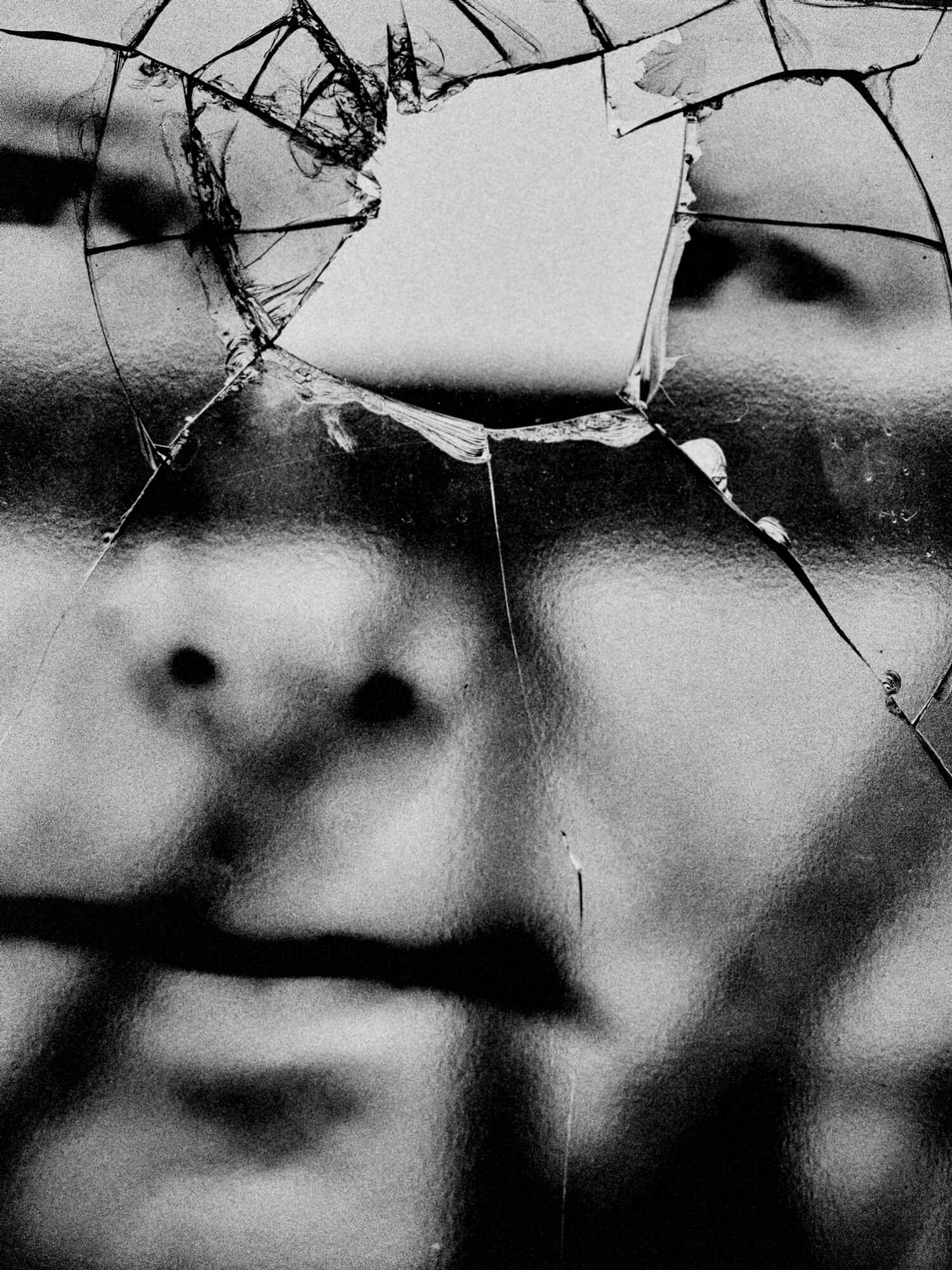


It’s hard not to notice it, living in London. But its character changes as it turns out of Woolwich, past Thamesmead, Rainham and Crossness, to something much more utilitarian, almost but not quite natural. Low slung warehouses and industrial processing sites flank each bank. Much like Sheffield and the industrial North, the horrors of industry are all present. Monumental car factories drift into obsolescence, erosion reveals waste from past eras, filthy processing plants return cars, paper and other everyday waste back to their raw states. And through all this flows the river. Industry used to cling to its banks out of necessity, but now it seems to push up against it as an edge. Sometimes things need to be away from other things, out of sight.
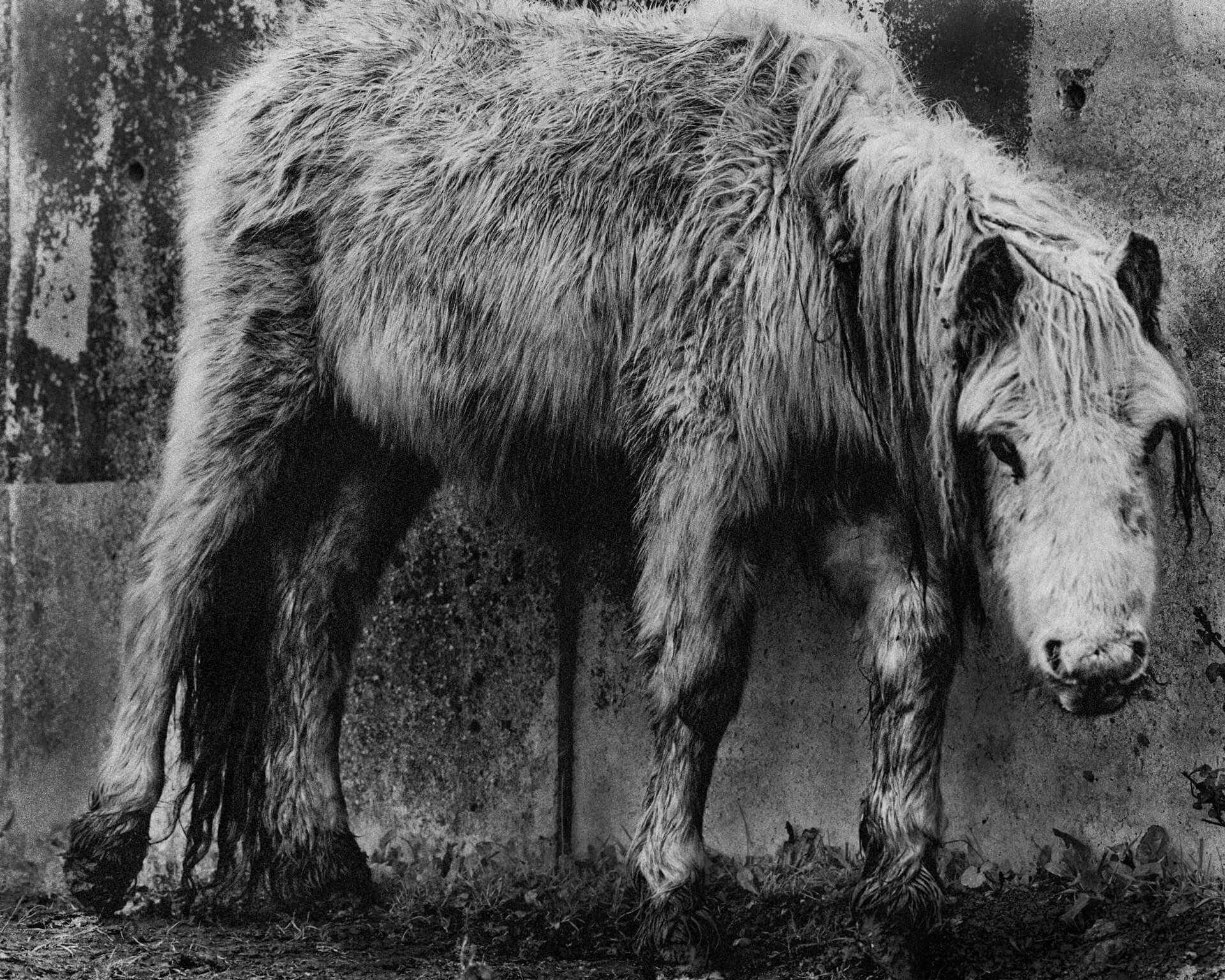
This ‘edge’ attracts people, too. I’ve met a man living out in the marshes, a good thirty minute walk from any road or other settlement. We’ve chatted on a couple of occasions, only once taking photographs of him or his living arrangements (he’s the person photographed with the ratchet in hand). Catherine Abbey Hodges puts it perfectly in ‘Couch on a Beach’
I recognize the impulse, the urge
to reach the furthest edge,
west of west, press up so close
and hard to beauty that it surges in,
then sweeps me new and desolate,
then enters me again.
It’s a confounding place, one moment polluted and terrifying, another calm and sublime. You certainly don’t notice the latter at first. A walk will settle into its metronomic pace and the landscape finds some sort of balance, sometimes in the baffling complexity of commerce, other times in pure isolation. There’s something so alluring about this body of water, it’s rising and falling like the lungs of London, its history, a river of forgetting that’s swept new each day.

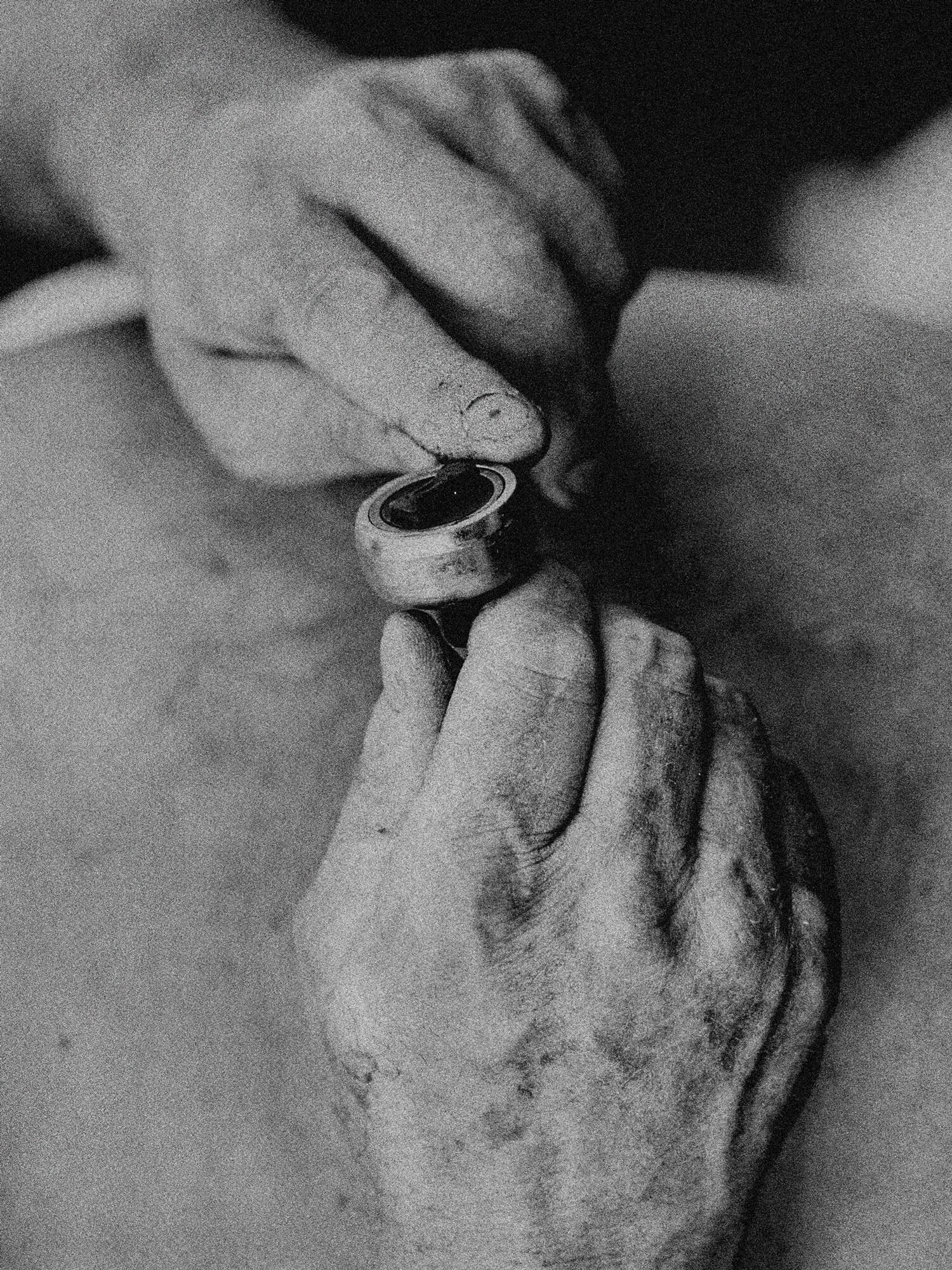
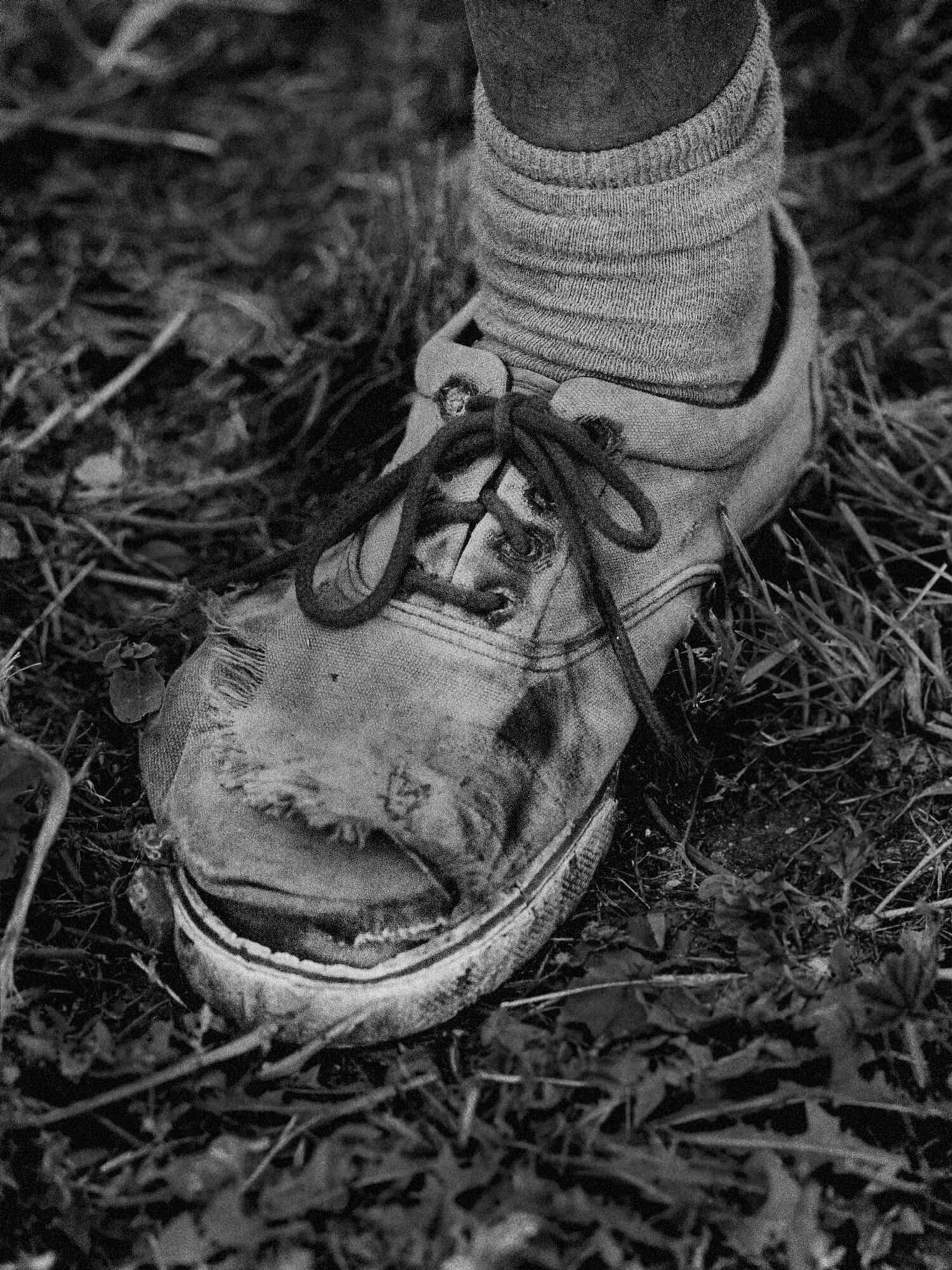
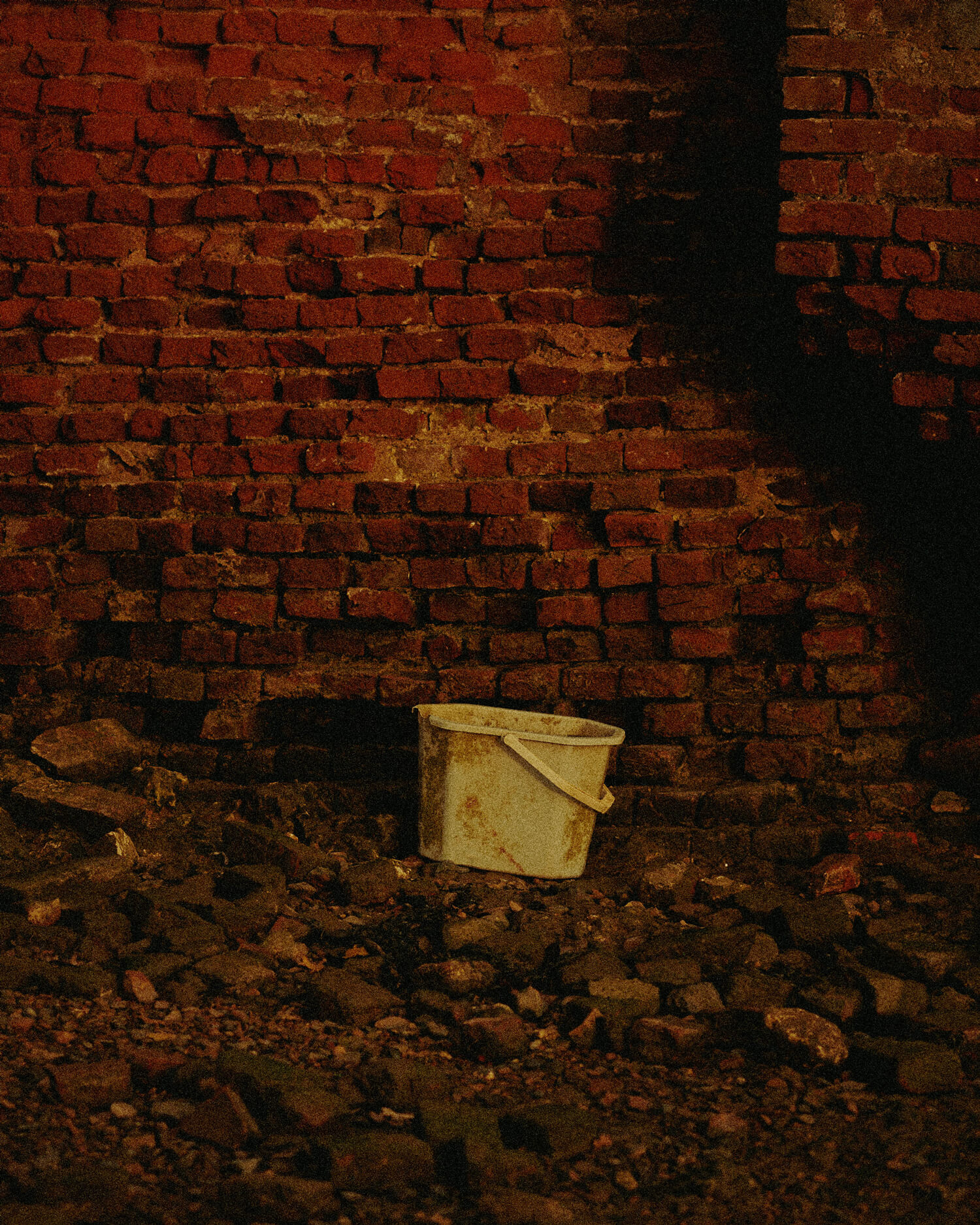
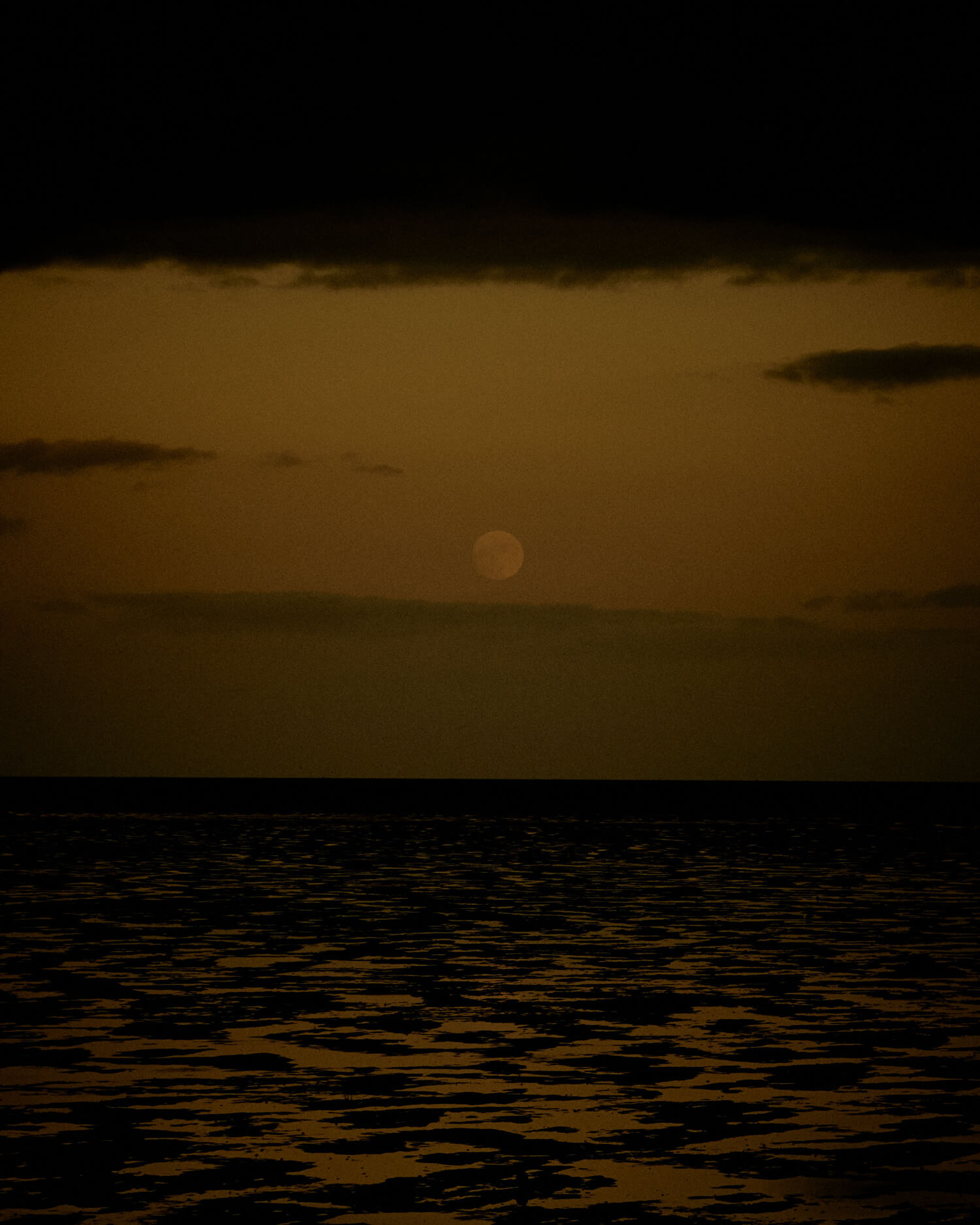
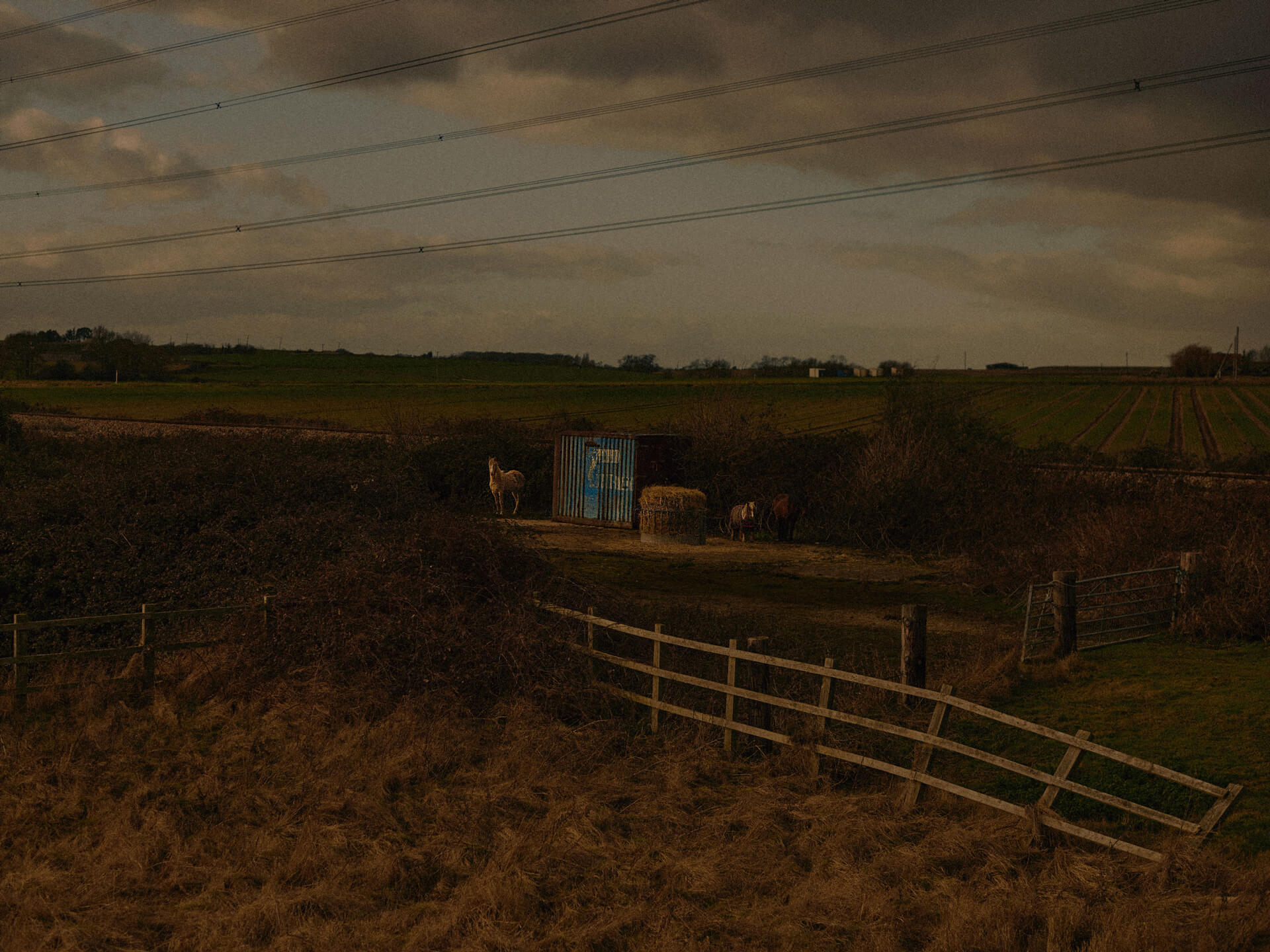
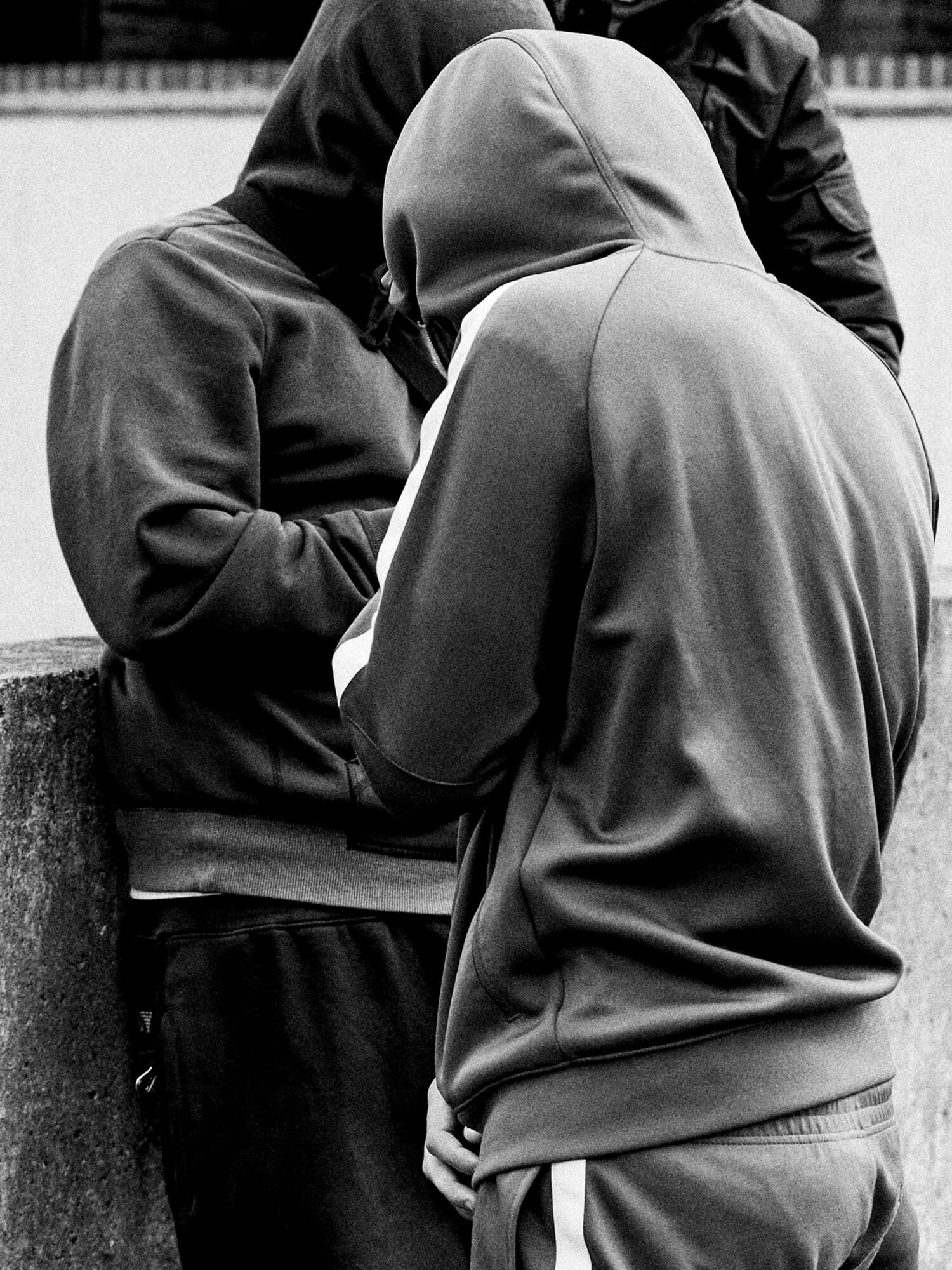
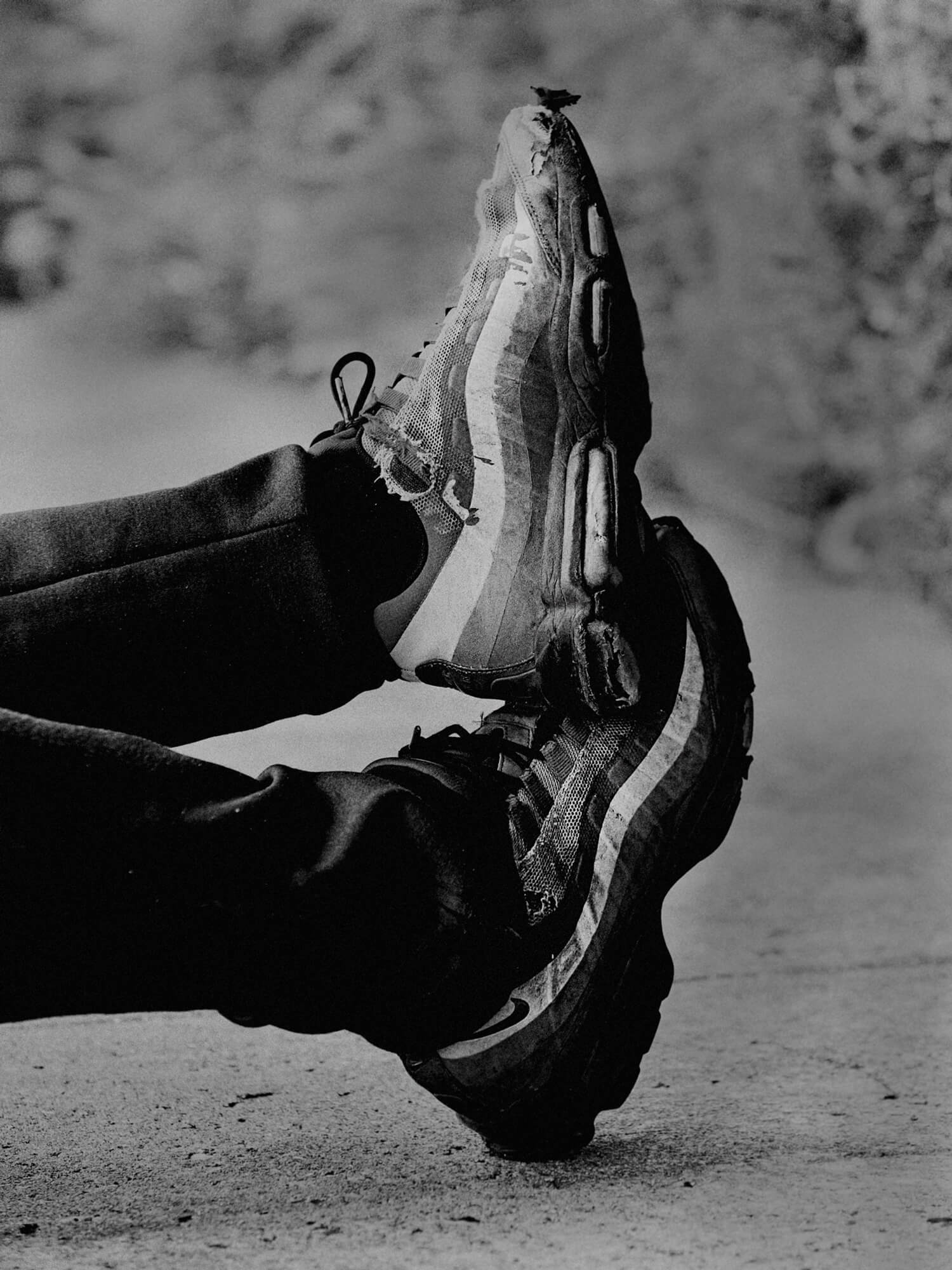
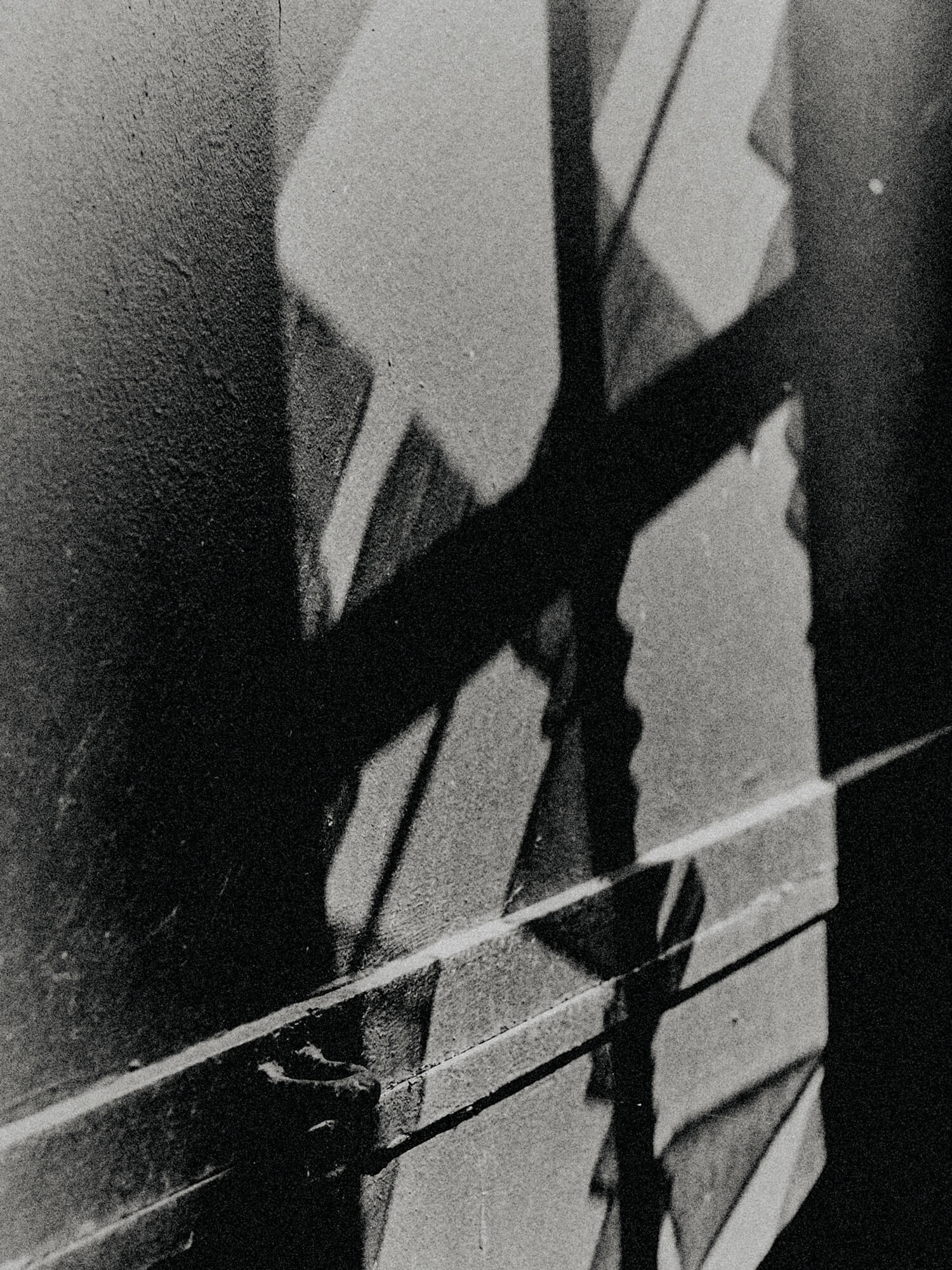
In the coming months, Daniel Benson will be releasing the project in a short series of publications with writer Matthew Crowley and designer and art director Liam Morrow. Much like the comings and goings of the river, the work will be presented in a way that allows you to order and navigate your own route through it. “Whilst I’ve tried to explore the natural/unnatural nature of the river, I’ve equally tried to steer clear of any specific social or historical commentary, feeling that too much photographic work leans into what the work says and not what it feels. A task often done better by journalism, or when paired together with photography (like John Berger and Jean Mohr’s ‘A fortunate Man’). If anything, I hope the work transmits some of the strange energy the area seems to have.”
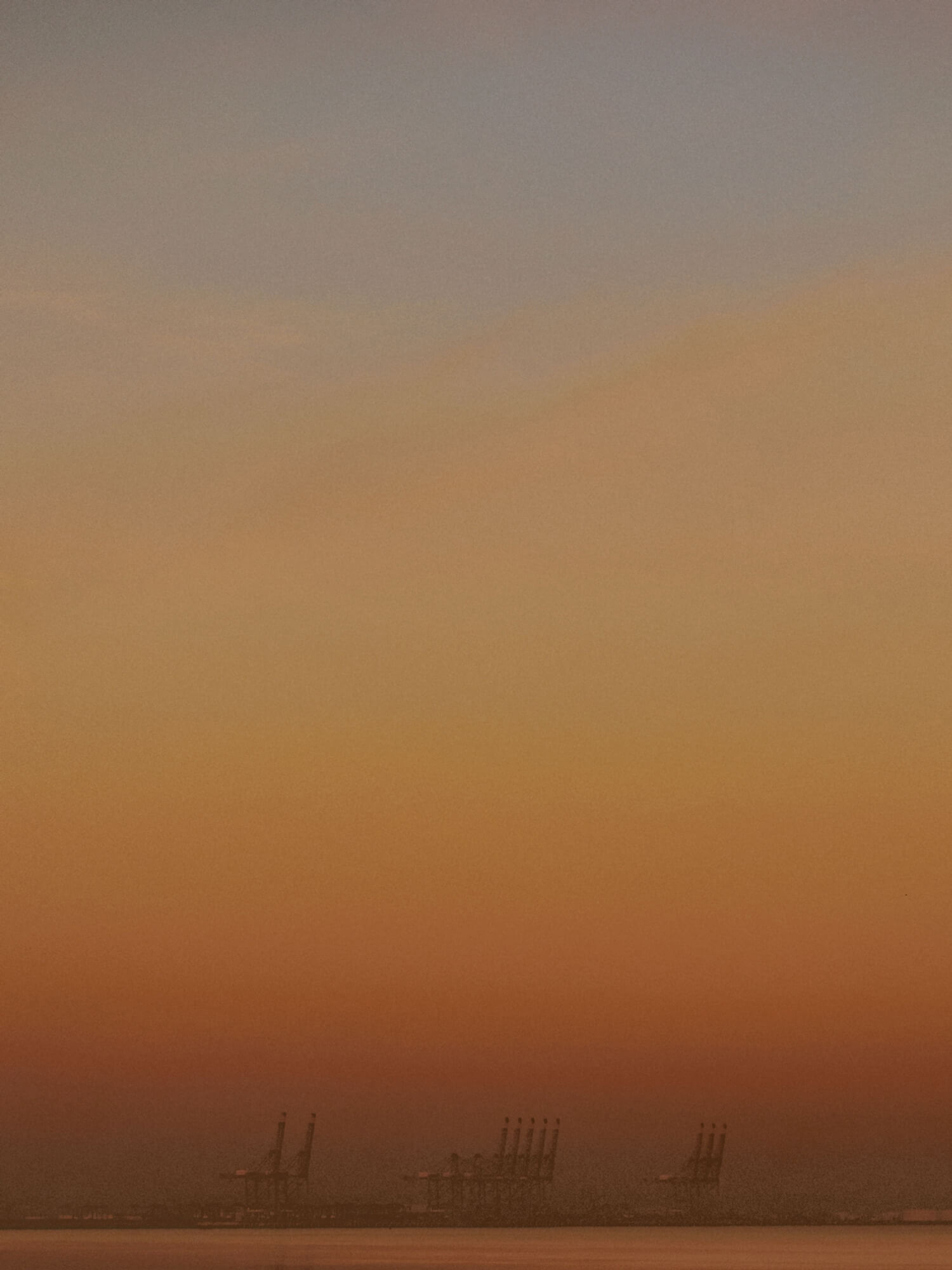
Daniel Benson
Daniel Benson is a photographer based in London. Clients include: Adidas, Apple, British Vogue, Document Journal, Dior, GQ, Harrods, Harvey Nichols, Hunter, Mythersea, Nike, The National Trust, The Royal Mint, Mr Porter, Telegraph Luxury, Sony Music, Toast, Urban Outfitters, Vogue Polska.


